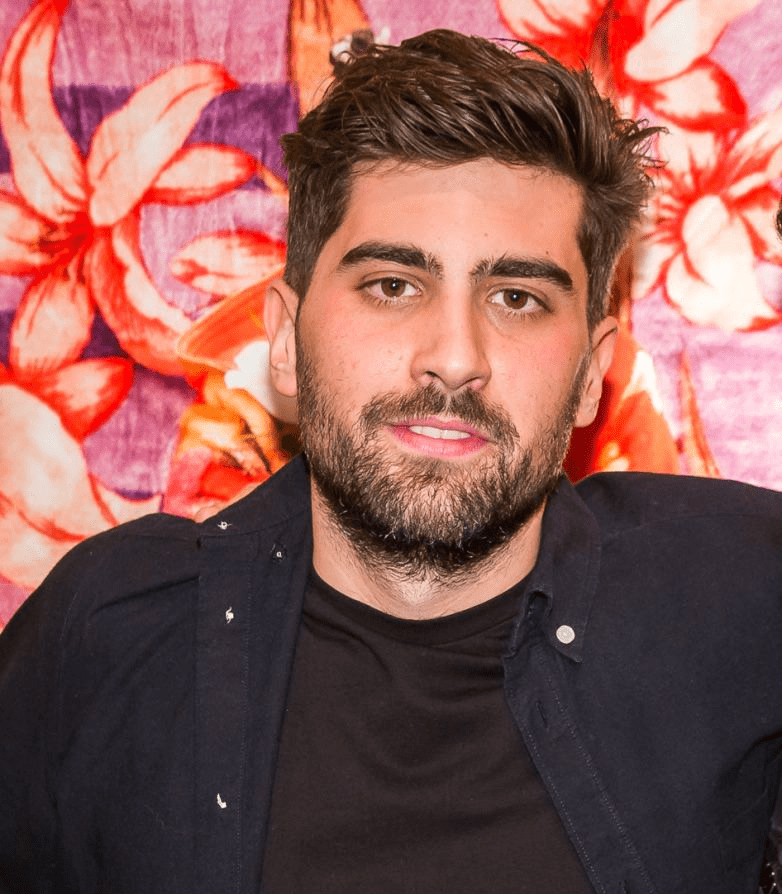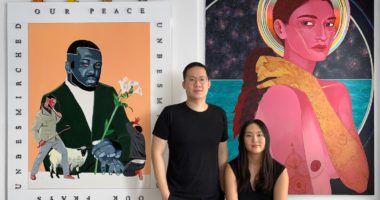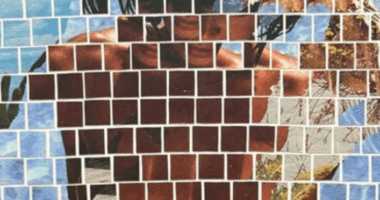About
Taymour Grahne Projects is a contemporary art gallery with a nomadic exhibition program based in London. The gallery presents an innovative physical and online exhibition program with a mission to showcase the most exciting contemporary artists.
Browse Taymour Grahne Projects
Location
London
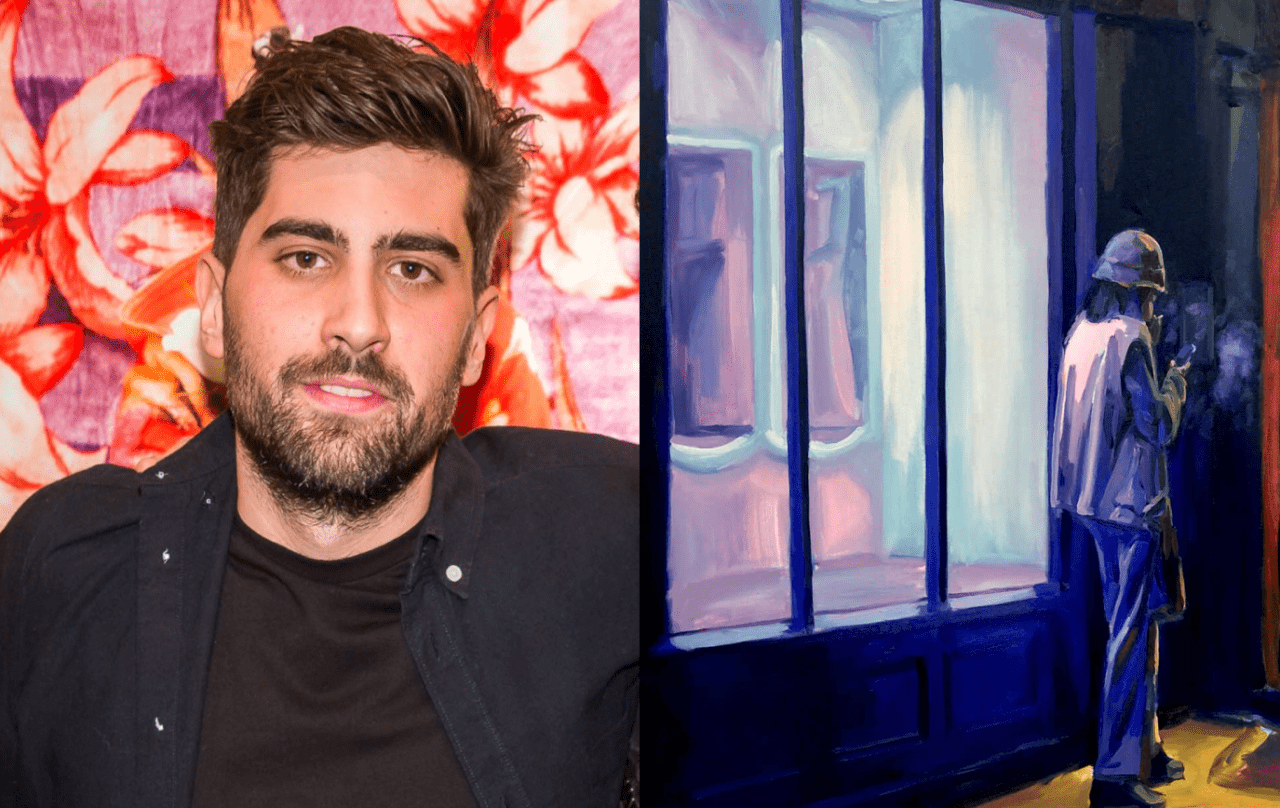
Images: Portrait of Taymour Grahne. Courtesy of Taymour Grahne Projects. Thomas Cameron, Detail of Waiting in Chinatown, 2022. Courtesy of Taymour Grahne Projects.
“Introducing an artist to an audience and vice versa” is what excites Taymour Grahne the most about his job.
And with an impressive track record of discovering and launching many contemporary artists’ careers—including GaHee Park, Dominique Fung, Hassan Hajjaj, Madelynn Green, and Zineb Sedira (the latter of whom had her first New York solo show with Grahne, and who recently exhibited in the French pavilion at the 59th Venice Biennale)—it’s clear Grahne has mastered his craft.
In fall 2013, Grahne opened his first gallery, Taymour Grahne Gallery, in Tribeca, New York. Now, Taymour Grahne Projects (a name it adopted in 2020; a.k.a. TGP) is a nomadic exhibition program based in London with a robust online presence.
We caught up with Grahne to chat about his innovative exhibition program, his non-traditional gallery model, and the exciting tactics he uses to launch the careers of emerging artists.
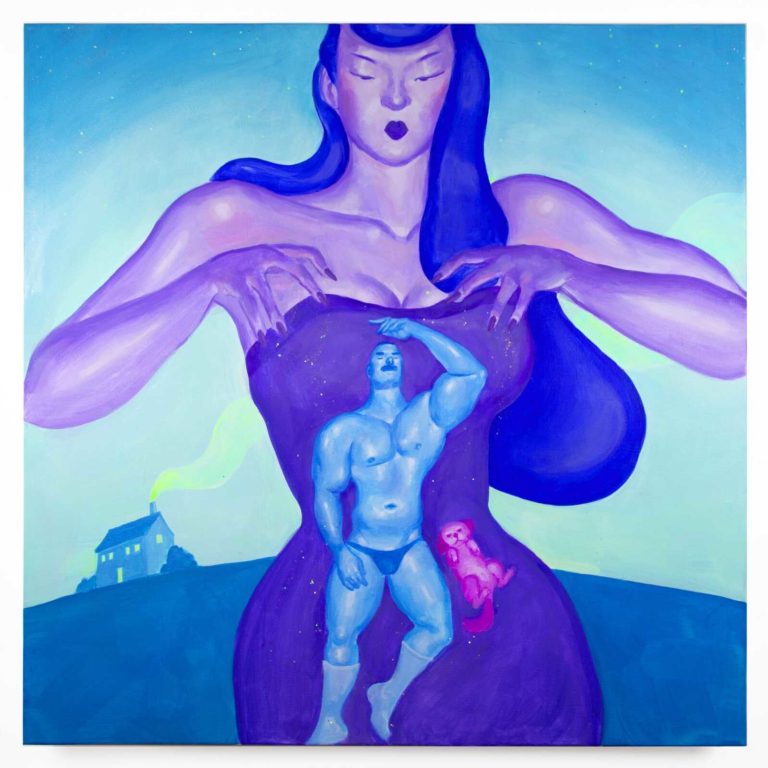
Justin Yoon, Rapture in Blue, 2021. Courtesy of Taymour Grahne Projects.
On discovering fresh talent
To seek out up-and-coming artists, Grahne undertakes the rigorous process of “conducting over 100 virtual and in-person studio visits a year,” as well as using online tools such as Instagram and Artsy; attending MFA exhibitions and biennials; and getting recommendations from other artists.
In building his unique exhibition program, Grahne says this research component is critical—he searches for artists with “a compelling idea who are able to execute that idea visually in a captivating way.”
“We put every show we do on Artsy,” Grahne says. “It democratizes access to the images and the details of the work, and so many thousands of people view it—so it’s great publicity.”
Taymour Grahne, Taymour Grahne Projects
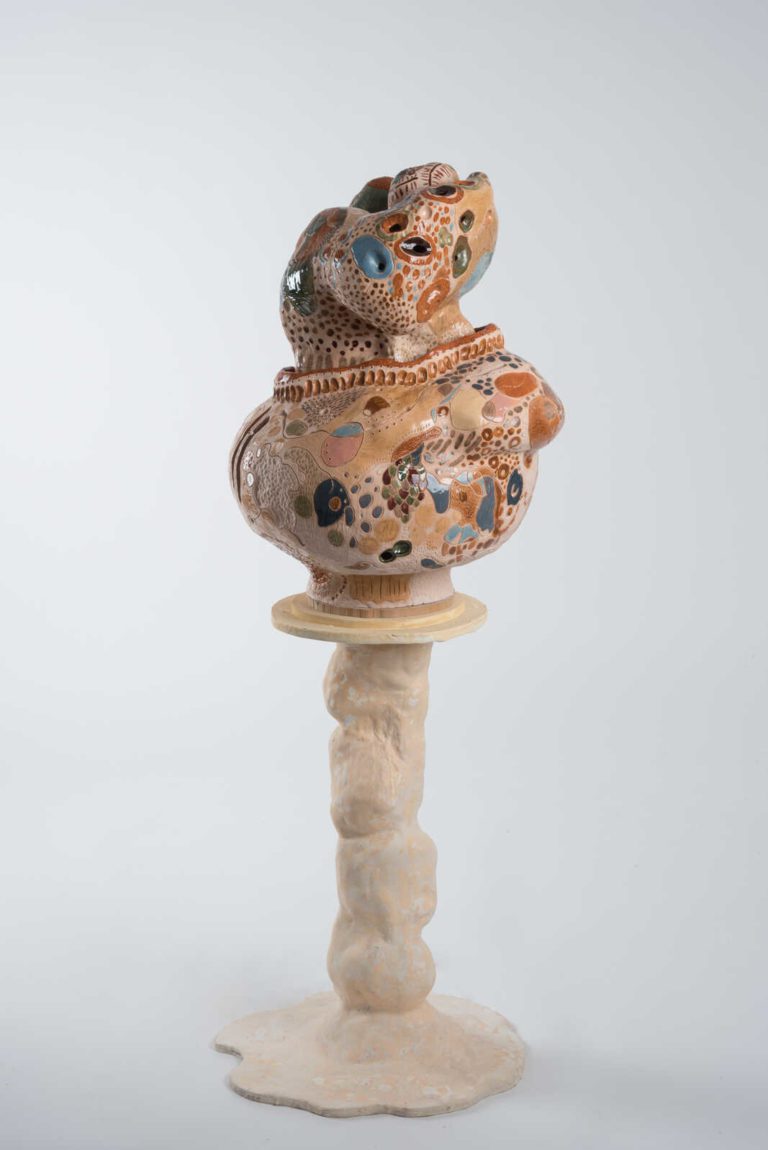
Jung Min Park, Original Rhythm, 2018. Courtesy of Taymour Grahne Projects.
On building the stories of rising artists
To Grahne, the key to launching a promising career is to place the artist’s works in significant private and museum collections, thus expanding their audience, visibility, and opportunities. Grahne has placed the work of the artists he works with into major museum collections around the world, including the Metropolitan Museum of Art, the Guggenheim Museum, the British Museum, the Museum of African Contemporary Art Al Maaden (MACAAL), the Smithsonian Institution, X Museum, and more.
The most successful strategy he’s employed is investing in high-quality content to highlight the artist and their work, and encourage conversation about them online and offline.
Building the narrative is “a team effort working really closely with the artists, especially with that first show,” Grahne says. To start the conversation around the artist, Grahne will share some artworks with a close group of collectors and industry professionals, and will discuss the works and the artist’s practice with them.
Taymour continues this conversation online, where he engages and introduces a broader group of collectors to the artist. “We put every show we do on Artsy,” Grahne says. “It democratizes access to the images and the details of the work, and so many thousands of people view it—so it’s great publicity.” Exhibiting online is huge for TGP, as “99% of people that will see a show will see it through Instagram or online,” says Grahne. “It’s a much bigger audience than those who walk into the gallery.”
For online exhibitions, TGP creates video presentations—with the artists doing either a tour of the studio, or a voiceover talking about the works—as well as viewing rooms where people can “walk” around the show. “We try and add different elements to it to make it more engaging,” Grahne explains. “We also include an Artsy link to the viewing room when we make email announcements, so there’s always that cross-promotion.”
“99% of people that will see a show will see it on Instagram or online. It’s a much bigger audience than those who walk into the gallery.”
Taymour Grahne, Taymour Grahne Projects
On online platforms
“Online is key,” says Grahne. “The online platforms we use the most are Artsy and Instagram.”
With collectors receiving invites to dozens of previews every month, it can be difficult for a gallery to cut through the noise and catch their attention. Online platforms such as Artsy help galleries like TGP captivate collectors.
Artsy has played a major role in making TGP’s artists more accessible and visible to collectors around the world, regardless of their proximity to the gallery. Artsy’s reach has been highly valuable for TGP as the gallery’s client base is truly global (more than 90% of the gallery’s sales are to collectors based outside of London).
“It’s great because we get a lot of sales that come through Artsy, and many times it’s from people I’ve never heard of, so I don’t know where else I would come across them,” says Grahne. “In terms of online platforms for us, Artsy is the most significant.”
The possibility to connect with collectors globally is “the beauty of the art world: One day I’m interacting with a client from Hong Kong, then Dubai, Seoul, Beirut, L.A.—and I think that’s really fun. It’s also really great to place artworks in different regions, as it creates different contexts and synergy for the works.”
For Grahne, “automation is the future”—and he thinks we’re only scratching the surface when it comes to integrating the art world with technology. He credits a significant increase in sales at Taymour Grahne Projects to Artsy’s Make Offer button, especially with collectors where English is not their first language.
“The ‘Make Offer’ button on Artsy is very easy and automated, and takes away the language barrier to just make an offer and start a dialogue,” Grahne explains. With features like this, Artsy allows galleries access to wider audiences than usual—increasing the exposure of both the gallery and artist internationally.
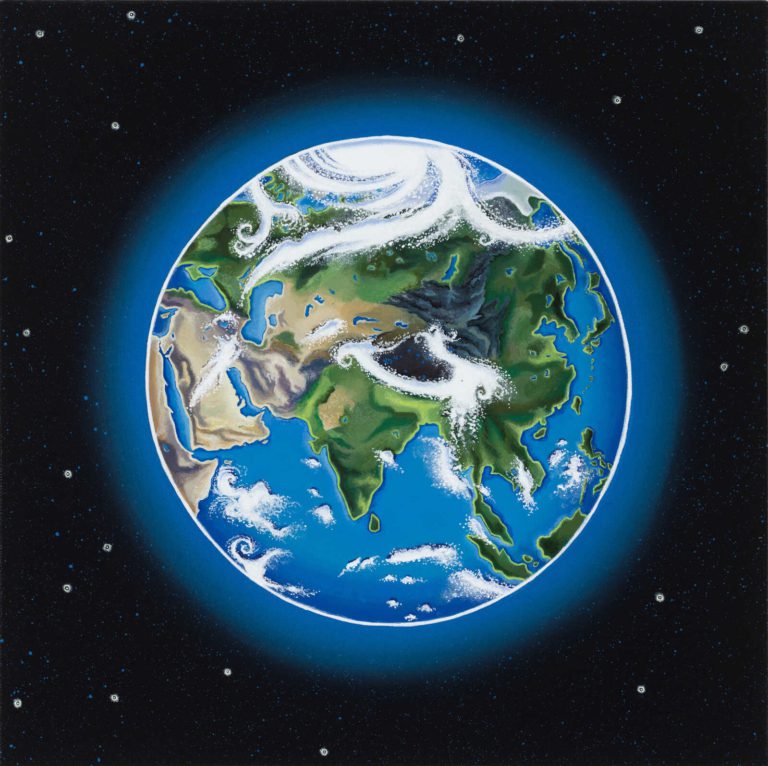
Matthew F Fisher, The Whole Space of Earth, 2022. Courtesy of Taymour Grahne Projects.
On scrapping the traditional gallery model
Advocating for innovation across the art world, Grahne’s progressive approach is reflected in his gallery model, as Taymour Grahne Projects eschews traditional artist-gallery representation.
Instead, Grahne embraces a fluid and collaborative working relationship with his artists. Specifically, Grahne partners with a small, dedicated roster of what he calls “collaborative artists” on a longer-term basis—every two or three years, he works closely with each artist to create an exhibition.
Grahne developed this approach, naturally, in collaboration with his artists. He likes that it puts artists and gallerists on “equal footing,” and because it enables him to build close, deep relationships with the artists and their work.
“The art world has to change. The gallery–artist representation model, as well as the general gallery model, has remained static for decades, while everything else around us has changed drastically in the meantime.”
Taymour Grahne, Taymour Grahne Projects
Taymour Grahne Projects encourages its collaborative artists to work with other galleries. Grahne believes this is a vital step for growing an artist’s career, which is especially important for “emerging artists to not have all the hindrances of representation from the very beginning, because representation will come eventually.” Instead, he focuses on supporting the artists and providing them with greater exposure—which in turn can only have a positive impact on the gallery.
For Grahne, this disruption of the traditional model is essential, as it benefits both the emerging artist and the gallery. “The art world has to change,” says Grahne. “The gallery–artist representation model, as well as the general gallery model has remained static for decades, while everything else around us has changed drastically in the meantime. Every other industry has changed beyond recognition over the past few decades. We, in the art world, need to be more forward-thinking, challenging the traditional models.”
